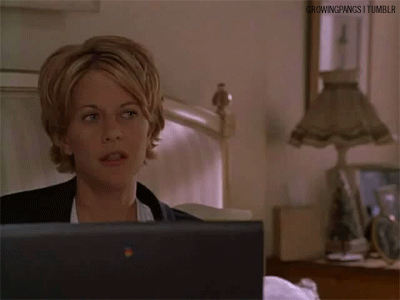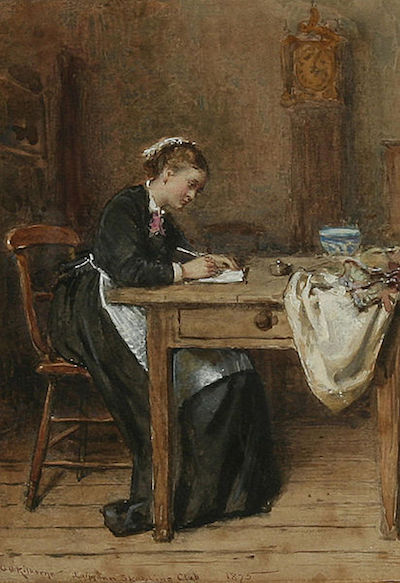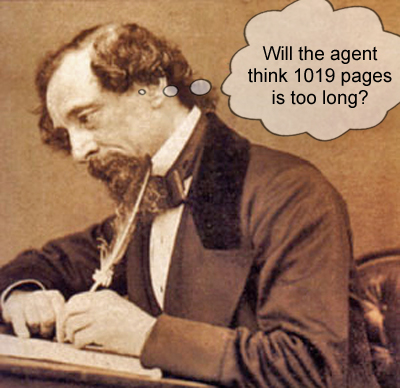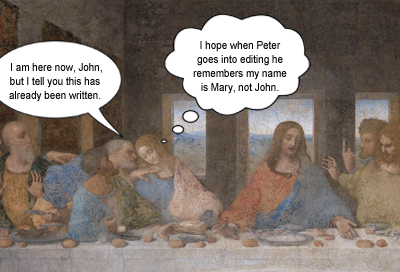If you’re an author, you need writing time. There are gobs of blogs out there loaded with advice about how to squeeze it in. Most of this advice is word-based. Get up earlier and join the #5AMWritingClub! Keep a notebook in your car! Write on weekends or week nights! Set word minimums! Set maximums! Set times! Set days… Geez willikers! Enough already.
What writers need to sort out their writing time, in order to manage writing and business hours, is simple. It’s just math. Plain ol’ simple math.
Why Math Matters to Authors Seeking Writing Time
I can hear you groaning. You didn’t become an author to do math! However, today’s authors have two time-hungry tasks. Writing and Business. Consequently, doing a little number-crunching now to determine how and if you can swing those hours can save you gobs of time and heartache later.
First, the writing time. In order to finish writing a book, or to write the next one, you need good, solid, butt-in-chair time. You need writing hours, not mere minutes, for words to get on pages.
Secondly, for each book completed you need business hours. Those hours are mostly devoted to marketing—newsletters, websites, talks, and more. You know, the things that actually tell readers about books, so you can sell books, so you can write more. Managing those requires a plan, and time to devote to it (read how Elizabeth Carson Williams learned about this author planning business).
As a result of the two tasks required, you need see how much time you really have to devote to writing and business. And that begins with finding out just how open or jammed-packed your life really is.
Examining Your Current Life Hours to find Writing Time
There are 168 hours in a week. Eight hours each day are recommended for sleeping (not sleeping impacts creativity, and that’s a whole other article). That leaves you 112 waking hours for all things required of your current life. Family? Job? Eating? Gardening? Groceries?
It doesn’t matter if you’re pursuing writing as a second career or as a career change, it is time for an honest examination of your life NOW to sort out how writing and marketing/business tasks will fit into that 112. Here’s a simple chart. Fill it in, and add it up to see what’s available.
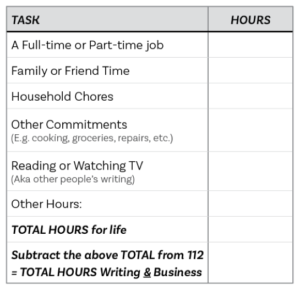
If your TOTAL HOURS was zero (or less than)
Oh boy. Your life seems like it’s already squeezed so tight! So, perhaps this isn’t the best time for you to take on a huge project (which a book absolutely is). Better to know this now than tax yourself, or your family, even more. However, even if you have 112+ life hours now, it doesn’t mean giving up the dream of writing. It means you have two choices:
1) Adjust your life to make room for writing (even if it’s for the joy of it and not publishing)
2) Delay writing the book/novel/story until you have more time
If your TOTAL HOURS allow for some writing & business hours
Perhaps this little bit of math enabled you to determine your available hours. Perhaps you’re retired, and you know thirty hours are wide open to you. If it’s just three hours, it will absolutely take you longer to write and publish a book, or you may want to also adjust your life to gain more writing time. Whether it’s a little or a lot of hours, your next equation is to divide (oh no, more math) writing hours and business hours.
How to Divide time between Writing Time and Business Hours
This chart of writing versus business hours will help you determine how to divide those hours based on where you are in the publishing process—from no book, to book launch, to in between launches (maintenance).
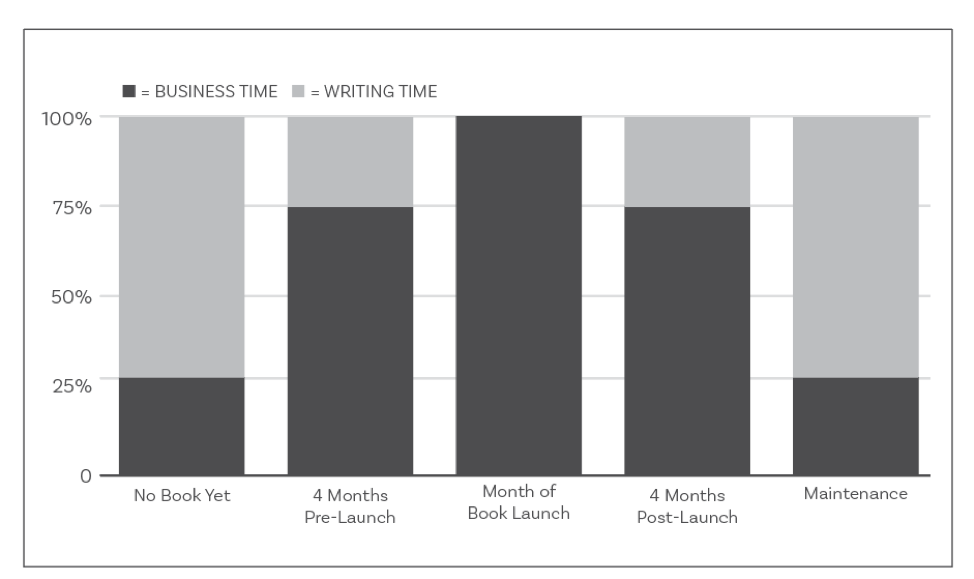
What do you instantly notice? That’s right, at no time are you only writing. Why? Readers need to hear about your book! And they need to hear about it from you, not just your publisher (if you have one they’ll only do so much). As your publishing date comes around, the marketing simply needs more of your attention.
An Example of the Author’s Math
If your head is swimming from all the above, let’s go through an example. Let’s say your life commitments are 108 hours:
- 112–108 = 4 hours/week for writing and business tasks
What this means for each week is:
- No book yet or between publications = 3 hours writing, 1 hour business
- Pre & Post-launch = 1 hour writing, 3 hours business
- Launch Month = 0 writing, 4 hours business
It’s up to you to decide when you will spend those hours. At lunch? Evenings? Tuesdays at 5AM? Regardless, consistency usually helps authors stay on track. Define the days and times, and always separate the writing from the business hours. Your creativity needs space away from to-do lists (which is all marketing really is, but that’s also another article).
A Final Word on Using Author Math to find Writing Time
No matter how it adds up, being honest now—about your life and the realities of publishing today—can equal less stress. The math can help you get a handle on your time commitments, and help you recognize how (or if) writing can fit with your reality. Okay, that’s enough math today. A+ to you for hanging in through this whole article… it’s time (for those who have it) to become the BOSS of your author business.
……..
This article originally ran in the members-only newsletter for James River Writers, a literary community supporting and inspiring authors through monthly Writing Shows, an annual writing conference every October, and more. Join JRW today! For a deeper dive on the above topic, and managing the business of being an author, pick up my latest Brand the Author (Not the Book): A Workbook for Writing & Launching your Own Author Brand Plan.

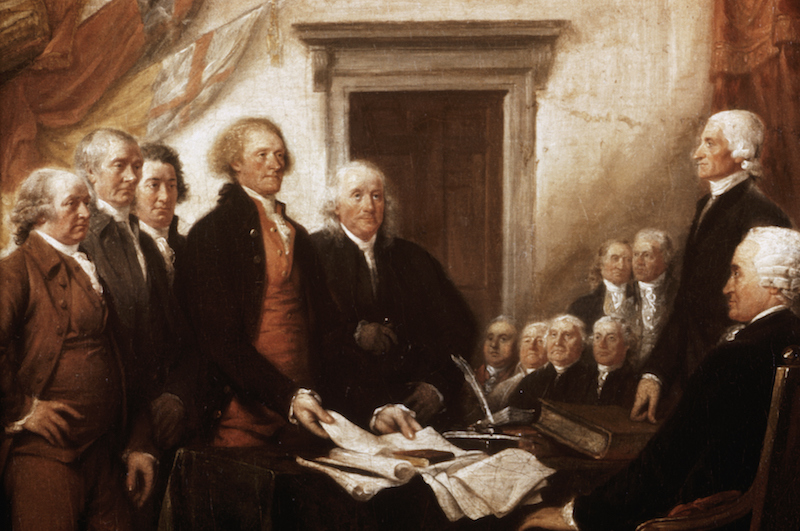

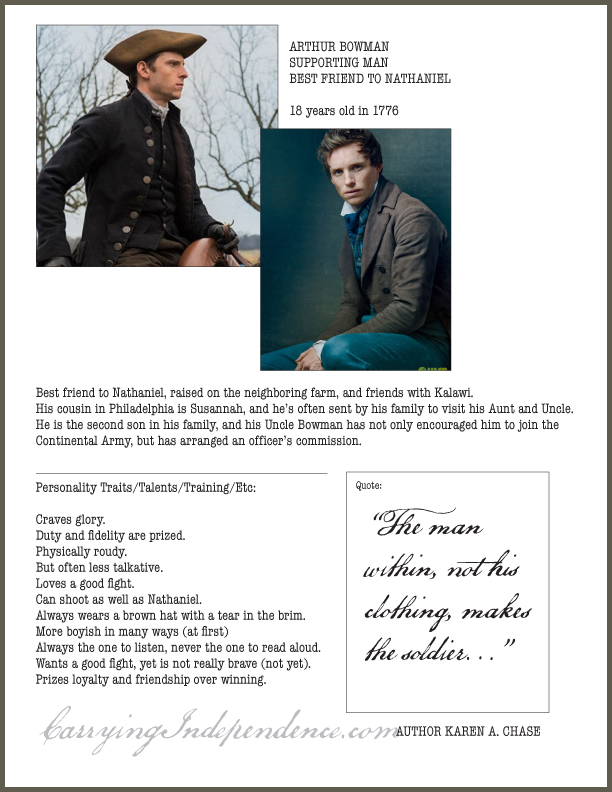
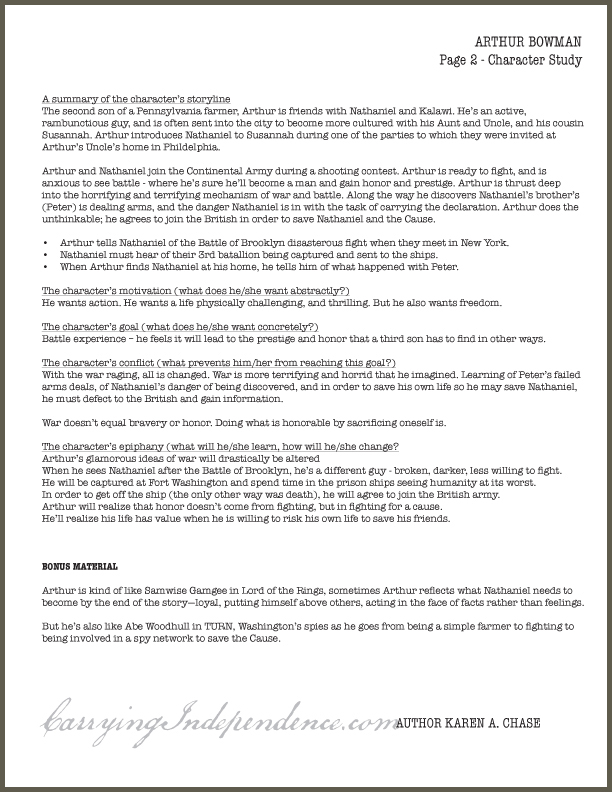
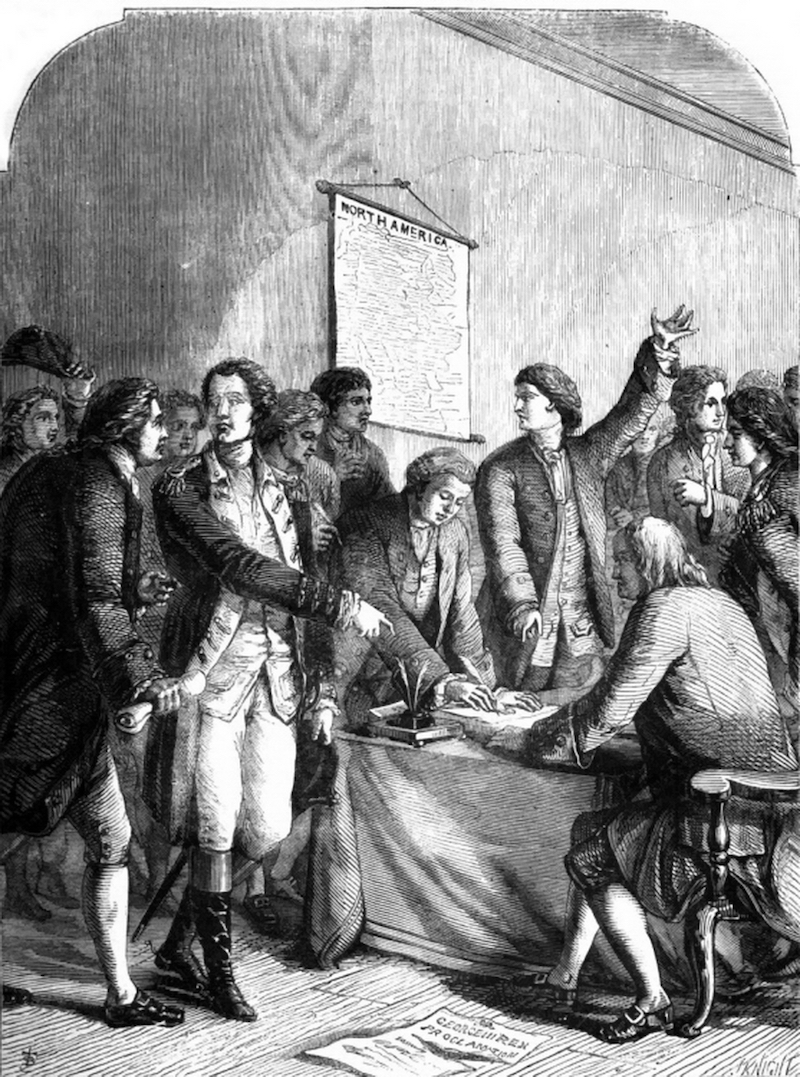
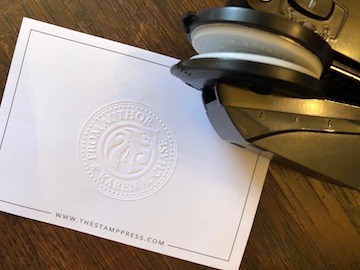 After much thought, and in the spirit of the document, I am limiting the number of signed copies of my novel to just 76 (in honor of the year 1776, of course). I am reserving the first 20 copies for personal use and charitable endeavors, and 56 are being made available on a first-come-basis to the public during the pre-sale period, which begins this Thursday on April 11th. Each of those 76 copies will have a full signature, each will be numbered, and each will carry my personal seal (shown here).
After much thought, and in the spirit of the document, I am limiting the number of signed copies of my novel to just 76 (in honor of the year 1776, of course). I am reserving the first 20 copies for personal use and charitable endeavors, and 56 are being made available on a first-come-basis to the public during the pre-sale period, which begins this Thursday on April 11th. Each of those 76 copies will have a full signature, each will be numbered, and each will carry my personal seal (shown here).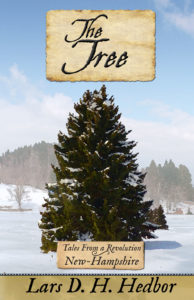 There is Opportunity in Writing About the American Revolution
There is Opportunity in Writing About the American Revolution




